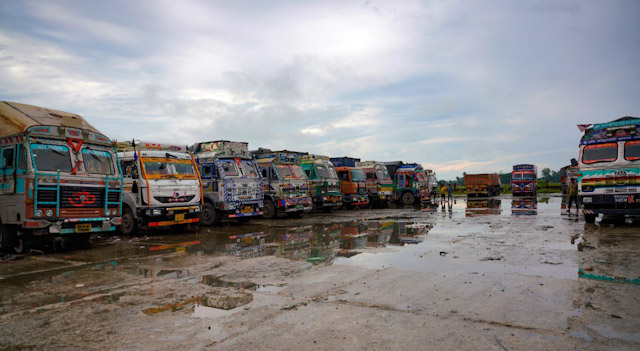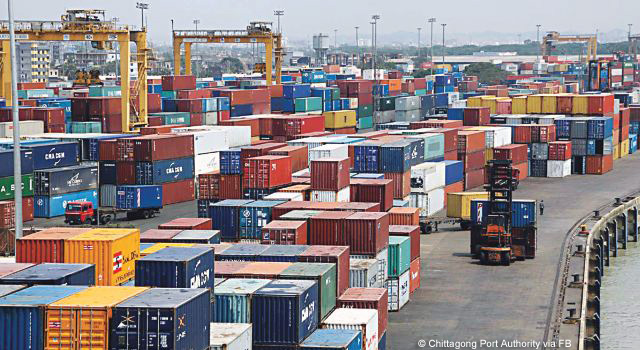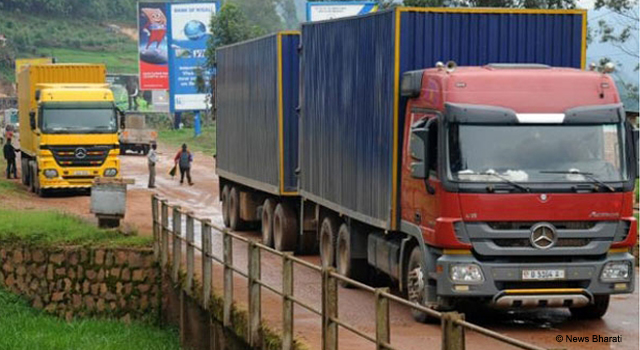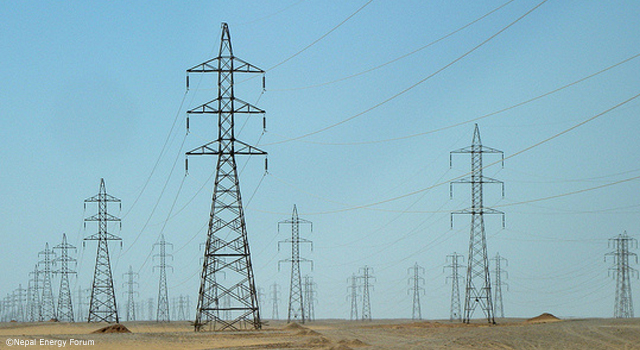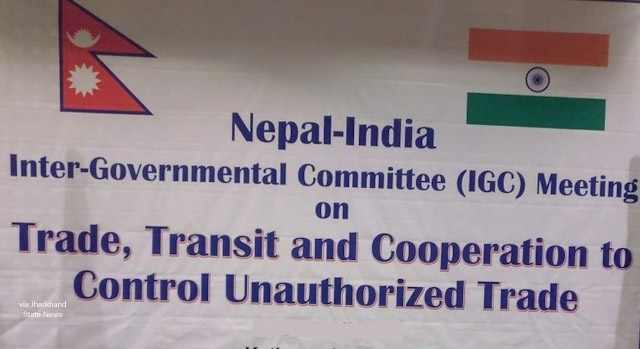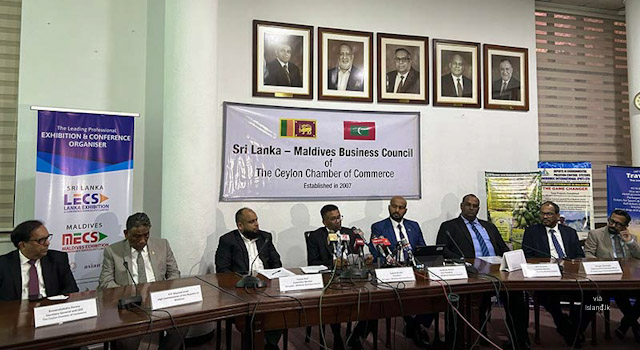
Commentary: Integrating Southeast and South Asia through Regional Institutions
20 August 2024

Southeast and South Asia are two of the most dynamic and fastest growing regions in the world. Increasing integration between the two regions requires increased cooperation between regional institutions. BIMSTEC can enhance its implementation record and delivery by increasing cooperation with SASEC in areas where SASEC excels, such as in connectivity, economic corridor development, trade facilitation, tourism, and green energy.
The following are excerpts from an article by Jayant Menon, senior fellow at the ISEAS–Yusof Ishak Institute in Singapore. The article appears on the East Asia Forum website.
Integrating Southeast and South Asia through Regional Institutions
Southeast and South Asia are two of the most dynamic and fastest growing regions in the world. Yet despite their proximity and commercial relations that date back centuries, trade and investment growth between the two have remained mostly in single digits in modern times.
One reason for this is that while most Southeast Asian countries are active participants in global supply chains, most South Asian countries are not. South Asia’s historically high trade costs and trade barriers relative to Southeast Asia are the main causes of both the lack of integration and South Asia’s low participation in global supply chains.
This has started to change through reforms and investments in social and physical infrastructure that reduce trade costs and improve the investment climate.
Several key regional intergovernmental organizations have emerged, with varying degrees of success in promoting regional cooperation. The first was the South Asian Association for Regional Cooperation (SAARC) in 1987, with a secretariat in Kathmandu, Nepal. A decade later came the Bay of Bengal Initiative for Multi-Sectoral Technical and Economic Cooperation (BIMSTEC), founded in 1997 and headquartered in Dhaka, Bangladesh. Finally, the South Asia Subregional Economic Cooperation Program (SASEC) was established in 2001, with a secretariat at the Asian Development Bank’s mission in New Delhi, India.
SAARC's membership consists of Afghanistan, Bangladesh, Bhutan, India, Maldives, Nepal, Pakistan, and Sri Lanka. BIMSTEC and SASEC include all of the SAARC members except Afghanistan and Pakistan. SASEC also includes Myanmar, while BIMSTEC includes both Myanmar and Thailand.
With Asian Development Bank support, SASEC brings more resources and experience in project development and implementation, while BIMSTEC can provide political buy-in at the highest levels. Unlike SASEC, where the highest level of decision-making goes only up to the finance ministers, BIMSTEC enjoys the support of the heads of state or government through the BIMSTEC Summit. This is a key difference between the two and suggests that BIMSTEC may be better placed to play the lead role in promoting integration within, and between, Southeast and South Asia.
If BIMSTEC is to lead the drive to increase integration, it needs to overcome several shortcomings. First, it needs to improve its implementation record and strategize its priorities. For instance, the BIMSTEC Master Plan for Transport Connectivity, critical for reducing transport and trade costs, has yet to be implemented. The BIMSTEC Free Trade Agreement (FTA) remains under negotiation two decades after the Framework Agreement was signed.
This slow pace could be a blessing though, as another FTA is likely to add a further layer to the spaghetti bowl of FTAs in the region, most of which remain largely underutilized—including SAARC’s FTA. But it does highlight the gap between plan and practice, or signed agreements and implementation.
SASEC could help BIMSTEC overcome these challenges. Increasing integration between Southeast and South Asia must also involve increasing cooperation between regional institutions. BIMSTEC can enhance its implementation record and delivery by increasing cooperation with SASEC in areas where SASEC has a clear comparative advantage, such as in connectivity, economic corridor development, trade facilitation, tourism and green energy.
The Asian Development Bank’s involvement in SASEC also allows for linkages with the Asian Development Bank’s other initiatives, most notably the Greater Mekong Subregion Program, of which Myanmar and Thailand are common members.
By working together, regional institutions would be better placed to develop institutional mechanisms that curtail delays and difficulties in decision-making resulting from divergent national interests. This would reduce the incentive to pursue bilateral FTAs within and between the regions, which is contributing to the spaghetti bowl of overlapping agreements.
If regional institutions can foster greater cooperation among their members, they will lay the foundation for greater integration between two historically connected regions—and with the rest of the world.



